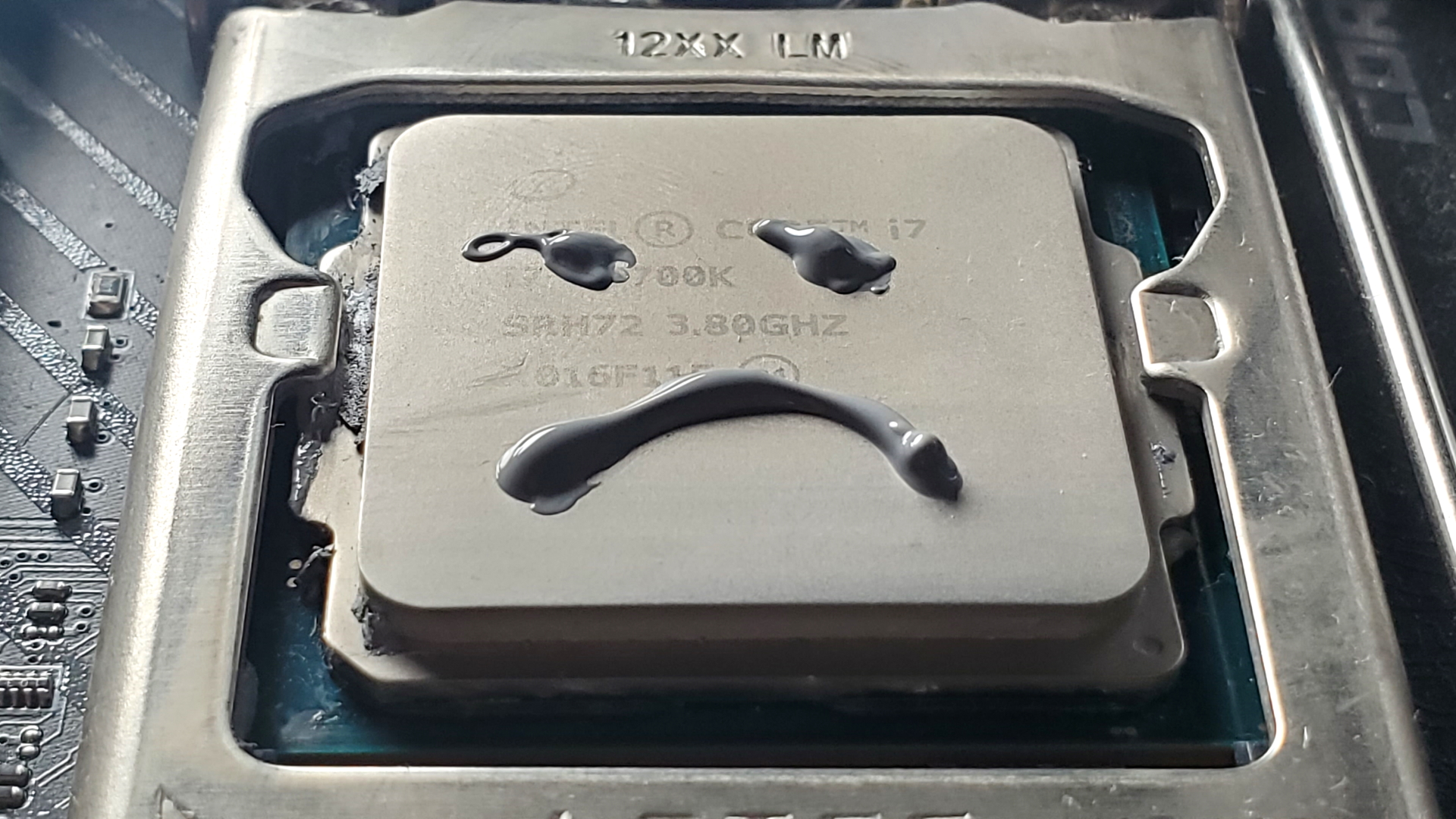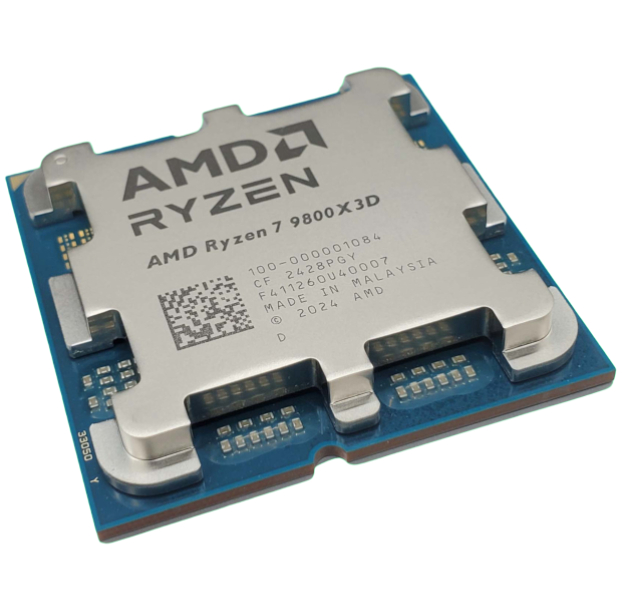If you've ever wondered if Japanese blossom-scented thermal paste in a weeb-inspired applicator is worth using, we have at long last the scientific answer to the greatest quandary of our time
In short, no. In long, noooooooooo.

Sometimes in the world of PCs, a new product gets launched that's so niche, rare, or unusual that mere mortals never get a chance to see what the fuss is all about. One such example is from Japanese firm Clock Work Tea Party, which deems that what all PC gamers really want are scented thermal pastes. And thanks to the diligence of a well-known hardware tester, we now know whether CWTP's Ultimate Ultra Violet Limited Edition paste is actually any good or just a pile of (smelly) nonsense.
I'm honestly not making any of this up. Clock Work Tea Party (CWTP) is a Japanese firm that makes thermal interface materials (aka thermal paste) for CPUs and GPUs, that two features to make them stand out from the crowd. Firstly, the applicator has all the hallmarks of being a weeb-inspiration, and secondly, the majority of CWTP's pastes smell.
Yes, I know everything technically has a smell, but CWTP gives its pastes a more potent pong than usual. In the past, it's released Apple Green and Strawberry scented models, but its favoured fragrance seems to be Osmanthus, a species of flowering plants native to Japan, China, and other SE Asian countries.
Igor Wallossek, the titular lead and owner of Igor's Lab, managed to get hold of CWTP's Ultimate Ultra Violet Limited Edition (CWTP-EG4GUV-L) and put the paste through his exhaustive battery of thermal tests. I'll hand it over to Igor to provide the summary of his findings and thoughts on the stuff:
"In thermal terms, [it] is a mediocre thermal compound that is visually and olfactorily surprising, but technically weak over long stretches. When applied, it develops a strong osmanthus scent, sweet, exotic and unusual, almost like a niche floral perfume from Kyoto that you wouldn’t necessarily expect to find on the CPU."

I know for a fact that I wouldn't expect a CPU to have any kind of odour whatsoever, partly because I don't want a CPU to have any kind of odour. But hey, if that's your thing, then who am I to criticise? And if a pongy paste just so happened to be very good as a thermal compound, then the stench fragrance of osmanthus shouldn't really matter.
However, as Igor's tests amply demonstrate, it's not a good thermal paste at all. Well, to be fair, it has a decent thermal conductivity when applied very thinly and under high contact pressure, but once the layer thickness increases to a level similar to that when used with a CPU, the conductivity falls behind a whole host of other pastes Igor tested.
Keep up to date with the most important stories and the best deals, as picked by the PC Gamer team.
As you'd imagine, CTWP's Ultimate Ultra Violet Limited Edition paste isn't exactly cheap, weighing in a 2,280 yen (roughly $15/£11). That kind of money will get you two 4 gram tubes of Arctic MX-6, the paste that I use for all my work, gaming, and test rigs. I guess if you want your PC to smell of something other than absolutely nothing, then paying a little extra for a heady hum of autumn blossom around your gaming den is no big deal. Best not use it with any high-power processor, though.

1. Best overall:
AMD Ryzen 7 9800X3D
2. Best budget:
Intel Core i5 13400F
3. Best mid-range:
AMD Ryzen 7 9700X
4. Best high-end:
AMD Ryzen 9 9950X3D
5. Best AM4 upgrade:
AMD Ryzen 7 5700X3D
6. Best CPU graphics:
AMD Ryzen 7 8700G

Nick, gaming, and computers all first met in the early 1980s. After leaving university, he became a physics and IT teacher and started writing about tech in the late 1990s. That resulted in him working with MadOnion to write the help files for 3DMark and PCMark. After a short stint working at Beyond3D.com, Nick joined Futuremark (MadOnion rebranded) full-time, as editor-in-chief for its PC gaming section, YouGamers. After the site shutdown, he became an engineering and computing lecturer for many years, but missed the writing bug. Cue four years at TechSpot.com covering everything and anything to do with tech and PCs. He freely admits to being far too obsessed with GPUs and open-world grindy RPGs, but who isn't these days?
You must confirm your public display name before commenting
Please logout and then login again, you will then be prompted to enter your display name.

